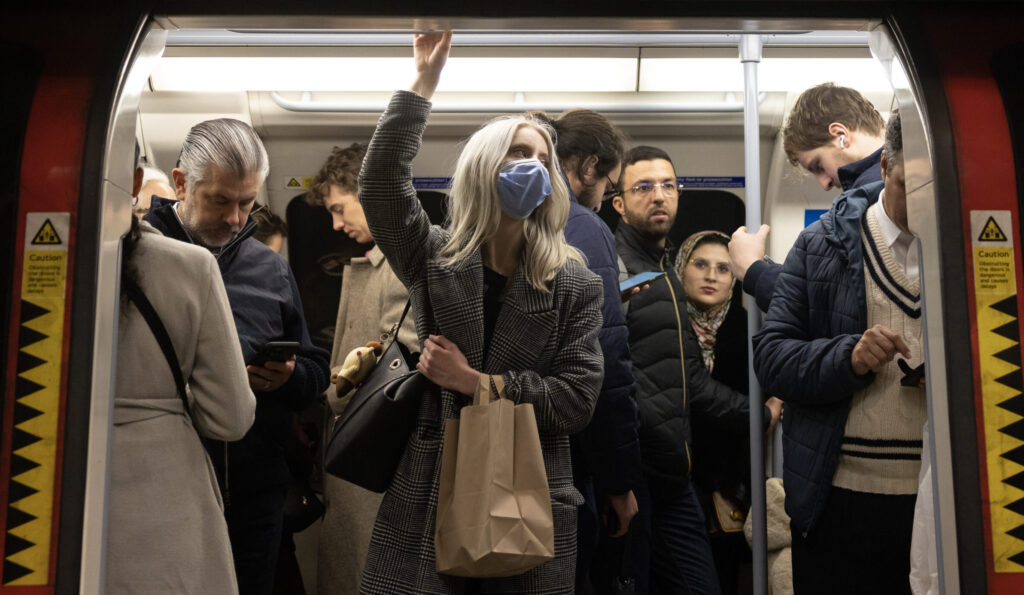The media brings Covid-era alarmism to swine flu
Publications are once again exaggerating the risks of another virus.


The UK Health Security Agency (UKHSA) detected the “first case” of a swine flu virus on Monday in North Yorkshire. Media reporting from the Guardian, Independent, Mirror, Sky News and BBC reported that the public should remain “vigilant” as the agency was “scrambling” to trace contacts for this “new strain” that had “jumped” from pigs.
However as with Covid, these media headlines are once again exaggerating the risks of this virus.
First, the infected “case” had a mild respiratory illness, was never hospitalised and has fully recovered. With the winter flu season in full swing, this is far from newsworthy. Most of us come down with the sniffles a few times per year, due to hundreds of circulating viruses. Last season, UKHSA estimated 15,000 influenza deaths in England, 86% in those older than 65, which was below average.
Second, the idea that this was really the “first case” of H1N2 in England this year is highly improbable. It was detected through a GP surveillance network linked to a lab with genomic sequencing, and the person reportedly does not work with pigs. That there has “only been” 50 cases of H1N2 globally since 2005, as reported by UKHSA and scientists, therefore seems fanciful. This is more common than we like to think.
It is also unclear how new this particular “clade” really is. Influenza A viruses circulate dynamically between pigs and people and display high genotypic diversity and reassortment. These are complex microbiological systems. Although there is scientific value in these surveillance networks, public panic is more a reflection of a malaise of too much information and an adrenaline hangover from Covid. Besides, the fact that H1N2 has also displayed mild clinical disease in UK pigs should reassure those concerned about “pandemic potential”.
Aside from its scientific value, it is probably useless for UKHSA to deploy contact tracing to “reduce any potential spread”. There are likely other undetected cases and, so far, H1N2 is believed to be inefficient at spreading from human-to-human. After spending £10 billion on a useless Covid test-and-trace system, the UK should be more sceptical of trying to contain mild respiratory viruses this way.
We should also remember that panic does come with a price. Most of the public remembers swine flu from 2009. In this case, it was H1N1 and a public health emergency was declared by WHO. The UK spent £500 million stockpiling Tamiflu, an anti-viral later proved useless due to misleading clinical data and lack of transparency from the pharmaceutical industry. Mexico City went into the first lockdown, which lasted a week. Egypt needlessly slaughtered hundreds of thousands of pigs, precipitating a trash management crisis in Cairo. And a Swedish vaccination programme was responsible for hundreds of cases of narcolepsy, many in children. Yet the 2009 pandemic proved to be no more severe than an average influenza year.
So, despite all of the talk about pandemic preparedness and the need to lock down faster and harder in the ongoing UK Covid Inquiry, media attention like that displayed this week should also remind us of the need to mitigate pandemic panics too.
Follow Kevin Bardosh on X (formerly Twitter) @KevinBardosh
